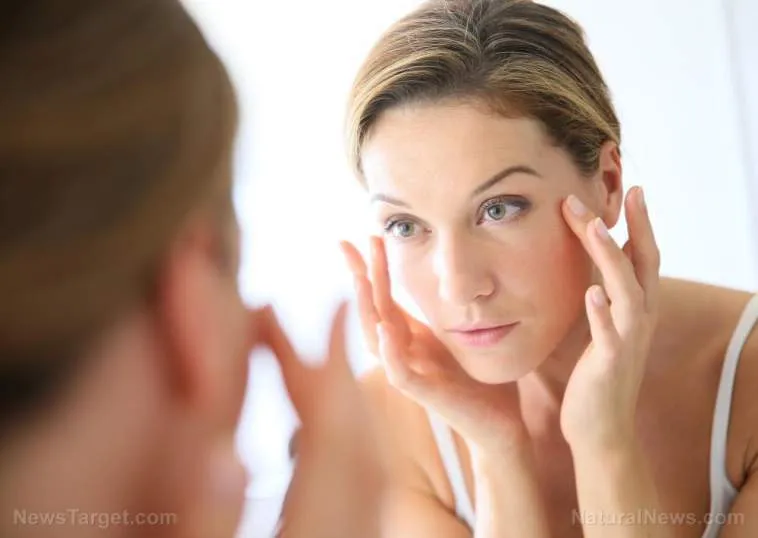(NewsTarget) New research out of Texas points to ultrasound therapy, or the “zapping” of human cells with low-frequency sound waves, as a potential way to delay, stop, or even reverse the aging process.
Prof. Michael Sheetz from the University of Texas conducted experiments on mice, the cells of which became “reinvigorated” when exposed to low-frequency sound waves.
“‘Is this too good to be true?’ is the question I often ask,” Sheetz said in a statement about his research. “We are examining all aspects of it to see if it really does work.”
Sheetz and his team’s experiments produced amazing results in the test rodents. They ran faster on a treadmill, and one of them with a hunchback was cured of the condition. (Related: Japanese researchers also found that ultrasound therapy can cure dementia.)
Ultrasound waves, Sheetz found, cause senescent cells to resume dividing while halting the production of chemicals that contaminate their healthy counterparts.
“After a certain number of divisions, the cells in our bodies stop dividing and become senescent,” reported Study Finds about the paper. “Some secrete toxins that cause inflammation.”
“This has been linked to everything from arthritis to Alzheimer’s. Scientists have previously focused on ‘flushing’ out dead and dying cells. This is the first study to show they can actually be ‘revived.’”
Is sound the cure for bodily ailments?
The type of ultrasound frequency used in the research is less than 100 kilohertz, this being far below the 2,000 or so kilohertz frequencies that are used for medical imaging.
Mice were placed in warm, deep water covering at least half of their bodies. They were all between 22 and 25 months old, equivalent to a human being in his 60s or 70s.
“Ultrasound waves lose less power traveling through water than they do through air,” reports state.
“The lab rodents did better in physical tests compared with peers put in the tub but left untreated. Fluorescent dyes that light up senescent cells were also used to show proportions in the kidneys and pancreas decreased afterwards.”
Many aspects of this research are “still mystifying” to Sheetz, who admits he does not fully understand how or why the therapy works as it does.
Concerning the mice’s skin, ultrasound therapy also stopped it from wearing out. While human skin cells usually start to wear out after about 15 divisions, ultrasound therapy helped the mice reach 24 divisions with no signs of abnormality.
In many ways, ultrasound therapy works like exercise to physically distort cells. It also reactivates the interior waste disposal systems that no longer function in senescent cells.
Prof. Jurgen Gotz from The University of Queensland, who did not participate in the study, called the findings “convincing,” though he says more work is needed to identify which ultrasound parameters work best.






